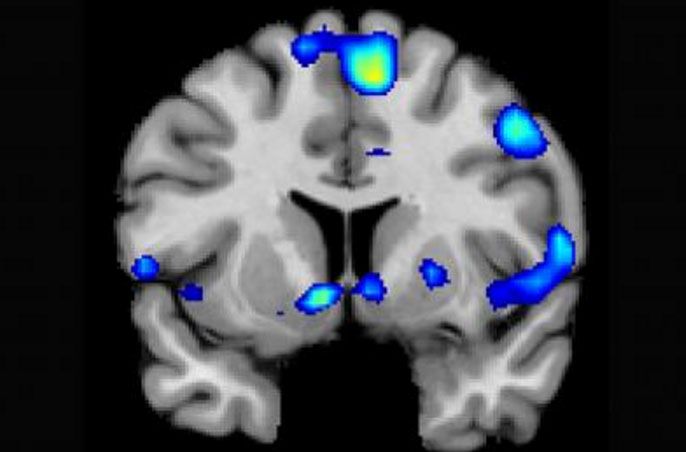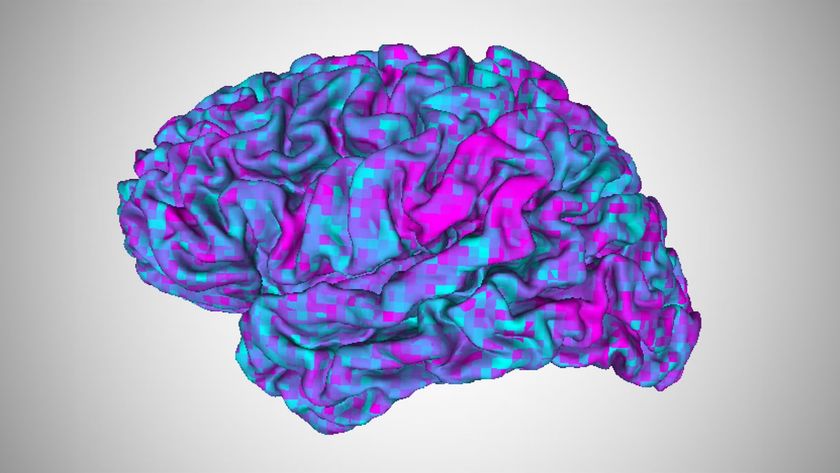Spiritual Mind: What a Religious Experience Looks Like in the Brain

People who have had "a religious experience" often report feelings of joy, peace and warmth, and new research has found that during these experiences, certain reward centers in the brain are activated.
The study found that, among devoutly religious people, spiritual feelings activate the same areas of the brain as other rewarding and pleasurable experiences, like love, sex and drugs.
"We're just beginning to understand how the brain participates in experiences that believers interpret as spiritual, divine or transcendent," study co-author Dr. Jeff Anderson, a neuroradiologist at the University of Utah School of Medicine, said in a statement. "In the last few years, brain imaging technologies have matured in ways that are letting us approach questions that have been around for millennia."
In the study, the researchers analyzed the brains of 19 devout Mormons in their 20s and 30s who had completed 1.5 to two years of missionary service for the Mormon Church. [10 Things You Didn't Know About the Brain]
The participants spent an hour in a brain scanner, and were shown quotes and videos meant to evoke spiritual feelings. For example, participants were shown passages from the Book of Mormon as well as videos produced by the Mormon Church. They were also asked to pray in the scanner for 6 minutes. At several points during the session, participants were asked, "Are you feeling the spirit?" (This is a phrase used in the Mormon Church to refer to feelings of religious joy.) The responses ranged from "not feeling" to "very strongly feeling."
The results showed that "feeling the spirit" was linked with activation of the nucleus accumbens, a brain region involved in processing feelings of reward. This activation peaked about 1 to 3 seconds before participants said they were experiencing peak spiritual feelings (which they indicated with the press of a button).
Spiritual feelings were also linked with activation of a region called the medial prefrontal cortex, which is thought to be involved in judgment and moral reasoning, as well as activation of brain regions linked with increased attention and alertness.
Sign up for the Live Science daily newsletter now
Get the world’s most fascinating discoveries delivered straight to your inbox.
The researchers noted that more studies, including those that look at people from different religions and cultures, are needed in order to identify other brain regions linked with religious experiences.
Original article on Live Science.

Rachael is a Live Science contributor, and was a former channel editor and senior writer for Live Science between 2010 and 2022. She has a master's degree in journalism from New York University's Science, Health and Environmental Reporting Program. She also holds a B.S. in molecular biology and an M.S. in biology from the University of California, San Diego. Her work has appeared in Scienceline, The Washington Post and Scientific American.
Most Popular





